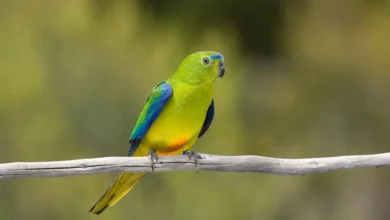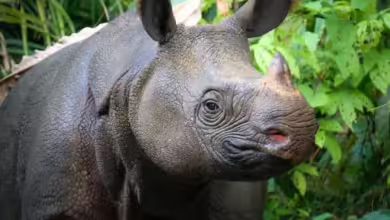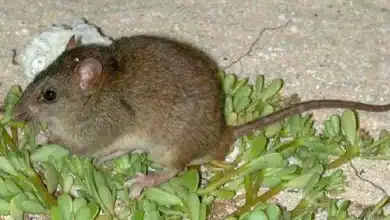Melomys, a genus of rodents endemic to Australia and the surrounding regions, is known for its diverse species and adaptive capabilities. These small mammals play crucial roles in their ecosystems, and understanding their dietary preferences is essential for comprehending their ecological niche. By exploring the intricacies of their diet, researchers can unravel the interplay between Melomys species and their environment, shedding light on their evolutionary adaptations and conservation needs.
Dietary Composition:
The diet of Melomys species varies depending on factors such as habitat, season, and availability of resources. However, these rodents are generally omnivorous, displaying a flexible feeding behavior that allows them to exploit a wide range of food sources. Their diet typically consists of:
- Plant Matter: Melomys are known to consume various plant materials, including seeds, fruits, leaves, stems, and roots. They feed on a diverse array of plant species, exhibiting preferences for certain types based on factors such as taste, nutrient content, and accessibility. For example, some Melomys species favor the seeds of grasses and sedges, while others may target fruits and succulent vegetation.
- Insects and Invertebrates: In addition to plant matter, Melomys supplement their diet with insects and other invertebrates. They are skilled foragers, scouring their habitat for arthropods such as beetles, caterpillars, ants, and termites. Insects provide essential protein and nutrients, particularly during periods of low plant availability or high energy demand, such as reproduction or lactation.
- Fungi and Fungal Spores: Certain Melomys species have been observed consuming fungi and fungal spores, adding another dimension to their dietary diversity. Fungi may serve as a supplemental food source, offering additional nutrients and potentially aiding in digestion. The consumption of fungi also highlights the adaptability of Melomys to various ecological niches and food resources within their habitat.
- Carrion and Opportunistic Feeding: Melomys are opportunistic feeders and may scavenge on carrion when available. While not a primary component of their diet, carrion provides a valuable source of protein and energy, especially during times of scarcity. This scavenging behavior underscores the adaptability of Melomys to exploit diverse food sources and maximize their survival in dynamic environments.
Ecological Significance:
The dietary preferences of Melomys have important ecological implications, influencing their interactions with other species and shaping ecosystem dynamics. As seed consumers, these rodents play a role in seed dispersal and plant regeneration, contributing to the maintenance of plant diversity and ecosystem stability. Additionally, their consumption of insects can influence insect populations and community structure, indirectly affecting plant health and ecosystem functioning.
Conservation Considerations:
Understanding the diet of Melomys is crucial for informing conservation strategies aimed at preserving these unique rodents and their habitats. Habitat loss, fragmentation, and invasive species pose significant threats to Melomys populations, impacting food availability and resource access. Conservation efforts should prioritize habitat protection, restoration, and management practices that support the diverse dietary needs of Melomys, ensuring their long-term survival in their natural environments.
Conclusion:
The diet of Melomys reflects their adaptive nature and ecological role as versatile omnivores. By consuming a diverse array of plant matter, insects, fungi, and carrion, Melomys demonstrate their ability to thrive in various habitats and exploit a range of food resources. Understanding their dietary preferences is essential for unraveling their ecological interactions, informing conservation efforts, and safeguarding these unique rodents and the ecosystems they inhabit.



